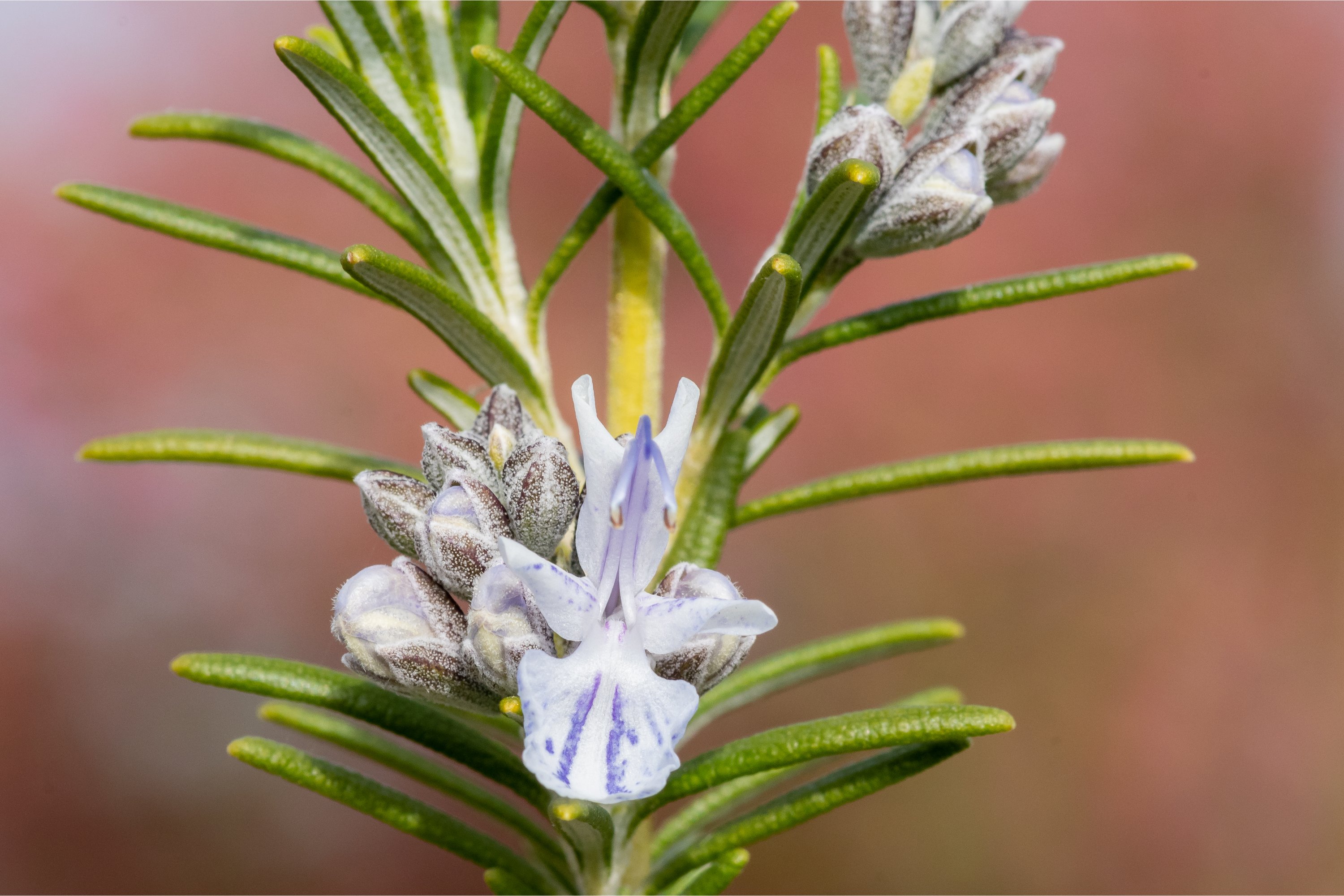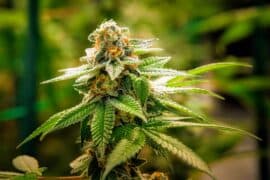Rosemary
(Salvia rosmarinus)

Description
Salvia rosmarinus, commonly known as rosemary, is a woody perennial herb that belongs to the Lamiaceae family. This plant is native to the Mediterranean region and is widely cultivated around the world for its aromatic leaves, which are used as a culinary herb and in traditional medicine. In this article, we will explore the characteristics, cultivation, and uses of Salvia rosmarinus. Taxonomy and Etymology: Salvia rosmarinus belongs to the Lamiaceae family, which is also known as the mint family. This family includes many other popular culinary herbs such as basil, thyme, and oregano. The genus name Salvia is derived from the Latin word "salvere," which means "to heal." The species name rosmarinus is derived from the Latin words "ros" meaning "dew" and "marinus" meaning "of the sea." Description: Salvia rosmarinus is an evergreen shrub that grows up to 1-2 meters tall. The plant has a woody stem and narrow, needle-like leaves that are about 2-4 cm long and 2-5 mm wide. The leaves are dark green on top and grayish-green on the bottom. The plant produces small, pale blue to lavender flowers that bloom in early spring and summer. The flowers are arranged in whorls along the stem and are about 6-10 mm long. Cultivation: Salvia rosmarinus is a hardy plant that is easy to grow and maintain. It prefers well-draining soil and full sun but can tolerate some shade. The plant is drought-tolerant and does not require frequent watering once established. Overwatering can cause root rot and damage the plant. It is also important to avoid planting Salvia rosmarinus in areas that are prone to frost or freezing temperatures, as the plant is not frost-tolerant. Propagation: Salvia rosmarinus can be propagated through seeds or cuttings. To propagate the plant through seeds, collect the seeds from the plant after the flowers have bloomed and the seed heads have turned brown. Sow the seeds in a well-draining soil mix and keep them moist until they germinate. The plant can also be propagated through cuttings taken from the stem tips. Cut a 10-15 cm long stem and remove the lower leaves. Dip the cut end in rooting hormone and plant it in a well-draining soil mix. Keep the soil moist and the cutting in a warm, bright location until it roots. Uses: Culinary uses: Salvia rosmarinus is widely used as a culinary herb in Mediterranean cuisine. The plant has a strong, aromatic flavor that pairs well with meats, potatoes, and vegetables. The leaves can be used fresh or dried, and are often added to soups, stews, and sauces. The plant can also be used to flavor oils and vinegars. Medicinal uses: Salvia rosmarinus has been used in traditional medicine for centuries. The plant is believed to have anti-inflammatory, anti-bacterial, and anti-cancer properties. It is also believed to improve memory and cognitive function. Salvia rosmarinus can be consumed as a tea or in capsule form, but it is important to consult a healthcare professional before using the plant for medicinal purposes. Cosmetic uses: Salvia rosmarinus is also used in cosmetic products due to its antimicrobial and antioxidant properties. The plant extract is often added to shampoos, conditioners, and other hair care products to improve scalp health and promote hair growth. It is also used in skin care products to reduce inflammation and redness.
Taxonomic tree:







